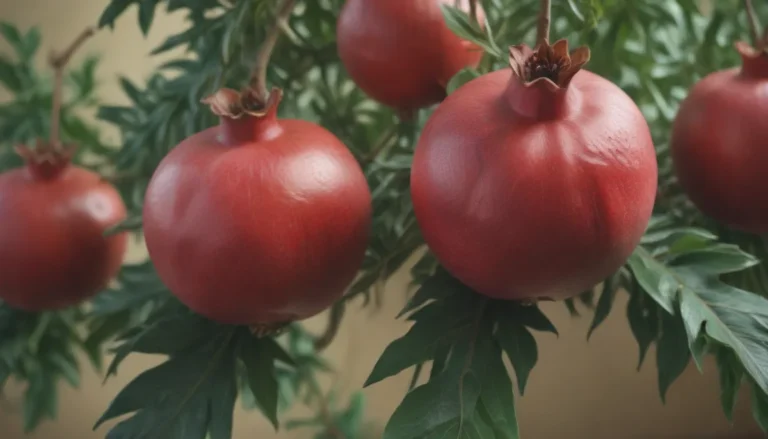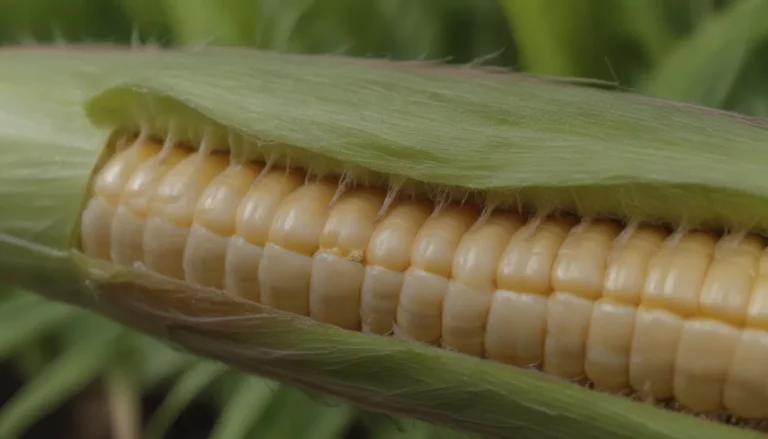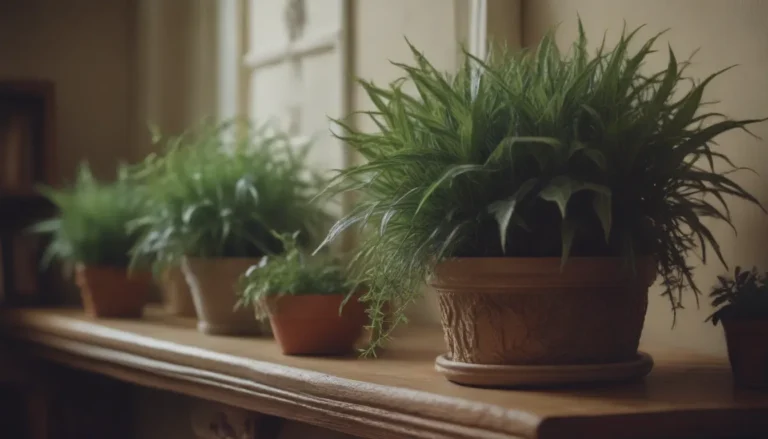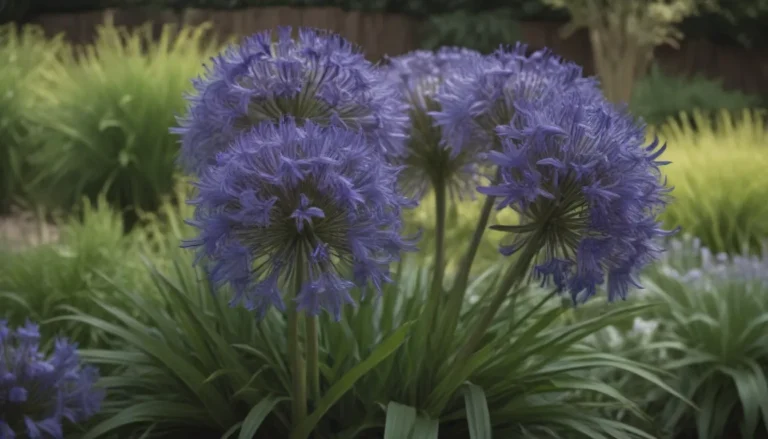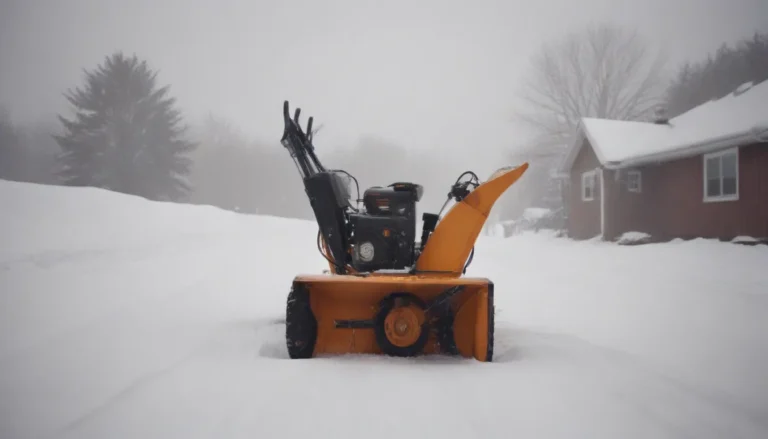The Ultimate Guide to Drought-Tolerant Plants for Your Garden
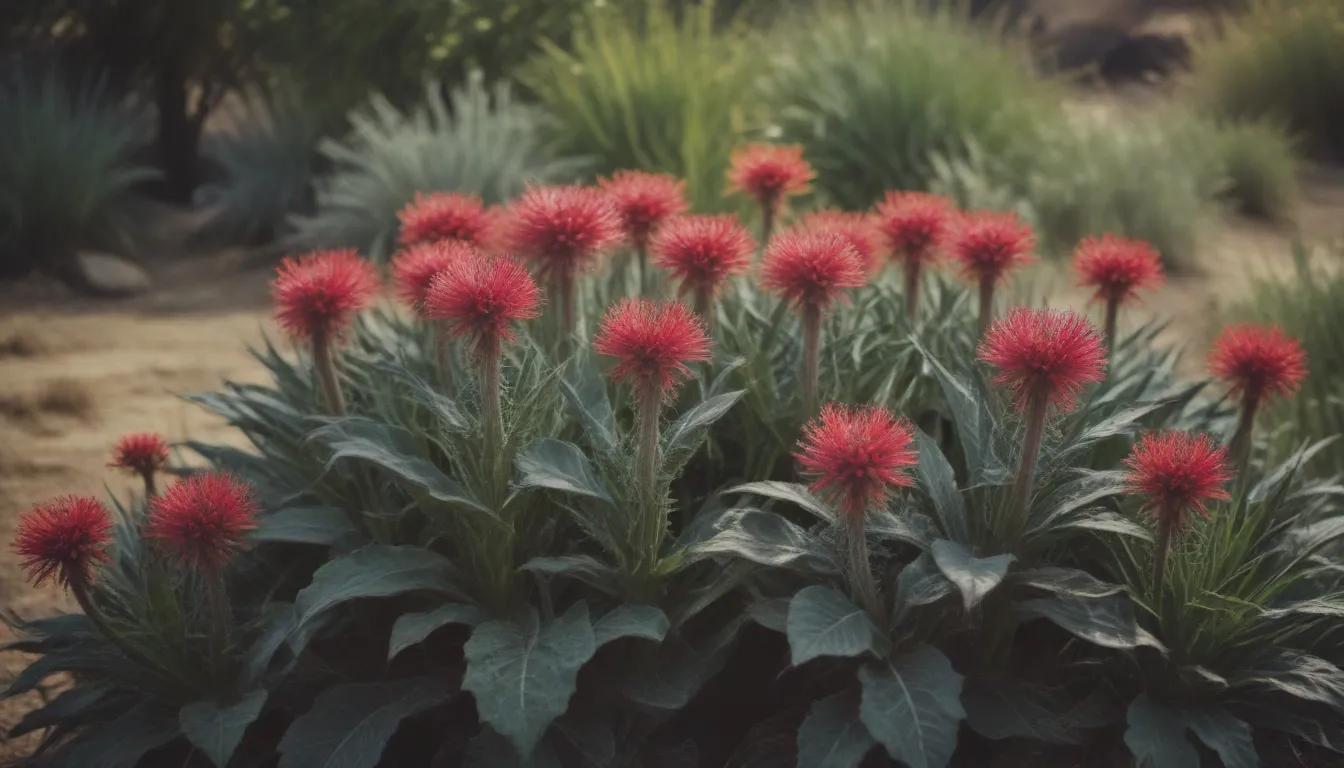
Are you tired of constantly watering your garden, only to see your hard work wilt in the summer heat? If so, it may be time to consider incorporating drought-tolerant plants into your landscape. These resilient plants can thrive even in the driest conditions, saving you time, money, and hassle. Plus, many of them are low-maintenance and can add beauty and interest to your outdoor space.
In this comprehensive guide, we will explore 15 of the best drought-tolerant plants that you can incorporate into your garden. From succulents to flowering shrubs, these plants are sure to enhance your landscape while requiring minimal water. So, sit back, relax, and let’s dive into the world of drought-tolerant gardening!
Why Choose Drought-Tolerant Plants?
Before we delve into our list of top drought-tolerant plants, let’s take a moment to understand why these plants are a great choice for your garden. Here are a few reasons why you should consider incorporating drought-tolerant plants into your landscape:
- Water Conservation: Drought-tolerant plants require minimal water, helping you conserve this valuable resource.
- Low Maintenance: These plants are often low-maintenance, saving you time and effort in caring for your garden.
- Resilience: Drought-tolerant plants are adapted to survive in harsh conditions, making them a reliable choice for dry climates.
- Versatility: From succulents to flowering plants, there is a wide variety of drought-tolerant plants to choose from, allowing you to create a diverse and beautiful garden.
Now that you understand the benefits of drought-tolerant plants, let’s explore some of the best options for your garden.
1. Aloe (Aloe spp.)
Aloe plants are well-known for their striking rosettes of succulent leaves and beautiful flowers. These plants thrive in hot, dry climates and require minimal watering. Aloe vera is a popular species, but there are many other varieties to choose from, such as jewel aloe and tiger aloe. These plants add a unique, exotic touch to any garden and are easy to care for.
- USDA Growing Zones: Varies by species
- Sun Exposure: Full sun
- Soil Needs: Well-draining
2. Artemisia (Artemisia spp.)
Artemisia is a genus of plants that includes a wide range of hardy herbs and shrubs. These plants feature intricate leaf patterns and silvery-gray foliage that is both aromatic and attractive. Artemisia works well in mixed borders and requires minimal water once established. Popular species include southernwood and California sagebrush.
- USDA Growing Zones: Varies by species
- Sun Exposure: Full sun
- Soil Needs: Well-draining
3. Artichoke (Cynara cardunculus)
Yes, you can grow your own artichokes in a drought-tolerant garden! Artichoke plants have a unique appearance, with upright growth habits and large, prickly leaves. These plants produce edible flower buds and make an eye-catching addition to any landscape. Artichokes are low-maintenance and require minimal watering once established.
- USDA Growing Zones: Varies by species
- Sun Exposure: Full sun
- Soil Needs: Well-draining
4. Beardtongue (Penstemon spp.)
Beardtongue plants are native to North America and feature tube-shaped flowers that attract hummingbirds and bees. These plants are low-maintenance and drought-tolerant, making them an excellent choice for water-wise gardens. Beardtongue plants require fast drainage to prevent root rot and can spread aggressively under ideal conditions.
- USDA Growing Zones: Varies by species
- Sun Exposure: Full sun
- Soil Needs: Well-draining
5. Fountain Grass (Pennisetum setaceum ‘Rubrum’)
Fountain grass is a popular ornamental grass with narrow, arching leaves and attractive flower spikes. This plant adds texture and color to any garden and is tolerant of drought conditions. Fountain grass requires minimal water once established and benefits from full sun and well-draining soil.
- USDA Growing Zones: Varies by species
- Sun Exposure: Full sun
- Soil Needs: Well-draining
6. Geranium (Pelargonium spp.)
Geraniums are hardy plants that bloom from late spring until the first frost of fall. These low-growing plants are easy to propagate and can thrive for decades with minimal care. Geraniums are tolerant of heat and drought and require little water once established. Deadheading spent flowers can promote additional blooming throughout the season.
- USDA Growing Zones: Varies by species
- Sun Exposure: Full sun
- Soil Needs: Well-draining
7. Kangaroo Paw (Anigozanthos spp.)
Kangaroo paw plants are native to Australia and feature long, colorful flower stalks emerging from rosettes of green leaves. These plants thrive in dry, sandy areas and can survive prolonged dry spells thanks to their unique adaptations. Kangaroo paw plants benefit from moderate soil moisture and minimal water during the growing season.
- USDA Growing Zones: Varies by species
- Sun Exposure: Full sun
- Soil Needs: Well-draining
8. Lavender (Lavandula spp.)
Lavender plants are known for their stunning spikes of bluish-purple flowers and calming fragrance. These plants thrive in dry, sandy soil and require minimal water once established. Lavender is commonly used for its oils and dried flowers, making it a versatile and attractive addition to any garden.
- USDA Growing Zones: Varies by species
- Sun Exposure: Full sun
- Soil Needs: Well-draining
9. New Zealand Tea Tree (Leptospermum scoparium)
New Zealand tea tree is an evergreen shrub with aromatic leaves and showy flowers. These plants are used in alternative medicine for their medicinal properties. New Zealand tea tree is drought-tolerant once established and requires moderate soil moisture. These plants prefer loose, well-draining soil and should be protected from heavy soil.
- USDA Growing Zones: Varies by species
- Sun Exposure: Full sun
- Soil Needs: Well-draining
10. Palo Verde (Parkinsonia spp.)
Palo verde plants are large shrubs or small trees with sparse foliage and light green bark. These plants are native to semi-desert regions and are drought-tolerant once established. Palo verde trees require minimal water during hot weather and are ideal for dry climates. Pruning should be done in warm weather to prevent limb damage.
- USDA Growing Zones: Varies by species
- Sun Exposure: Full sun
- Soil Needs: Well-draining
11. Pride of Madeira (Echium candicans)
Pride of Madeira is a striking evergreen plant with mounding growth habits and tall flower spikes. These plants are native to rocky cliffs and thrive in dry, well-draining soil. Pride of Madeira requires minimal water once established and should be pruned in the fall to encourage new growth in the spring.
- USDA Growing Zones: Varies by species
- Sun Exposure: Full sun
- Soil Needs: Well-draining
12. Pencil Cactus (Euphorbia tirucalli)
Pencil cactus is a drought-tolerant shrub or tree with slender stems and colorful leaves. This plant thrives in dry, tropical climates and requires minimal water. Pencil cactus prefers fast-draining soil and should be watered only during prolonged dry spells. Caution should be taken when handling this plant, as it produces a poisonous sap.
- USDA Growing Zones: Varies by species
- Sun Exposure: Full sun
- Soil Needs: Well-draining
13. Sweet Potato Vine (Ipomea batatas)
Sweet potato vines are grown for their colorful foliage and trailing habit. These vines are low-maintenance and thrive in full sun. Sweet potato vines require minimal water once established and should be pruned as needed to maintain their shape. These plants are ideal for ground covers and container gardening.
- USDA Growing Zones: Varies by species
- Sun Exposure: Full sun
- Soil Needs: Well-draining
14. Trumpet Vine (Campsis radicans)
Trumpet vines are drought-tolerant flowering vines that attract hummingbirds with their showy blooms. These vines grow vigorously and require minimal water once established. Trumpet vines prefer full sun and well-draining soil. Pruning should be done to limit their spread and prevent overcrowding in the garden.
- USDA Growing Zones: Varies by species
- Sun Exposure: Full sun
- Soil Needs: Well-draining
15. Wild Lilac (Ceanothus spp.)
Wild lilac species are fragrant and colorful shrubs that are native to various regions. These evergreen plants are drought-tolerant and can be used for screens, borders, and ground covers. Wild lilac requires minimal water once established and benefits from light pruning to maintain its shape. These shrubs can live for 10 to 25 years with proper care.
- USDA Growing Zones: Varies by species
- Sun Exposure: Full sun
- Soil Needs: Well-draining
Incorporating drought-tolerant plants into your garden is a smart choice for conserving water, reducing maintenance, and creating a beautiful landscape. Whether you prefer succulents, flowering plants, or ornamental grasses, there is a wide range of options available to suit your unique gardening style. So, why wait? Start transforming your garden with these resilient and beautiful plants today!
Remember, while these plants are drought-tolerant, it’s essential to provide them with proper care and maintenance to ensure their health and vitality. Happy gardening!
